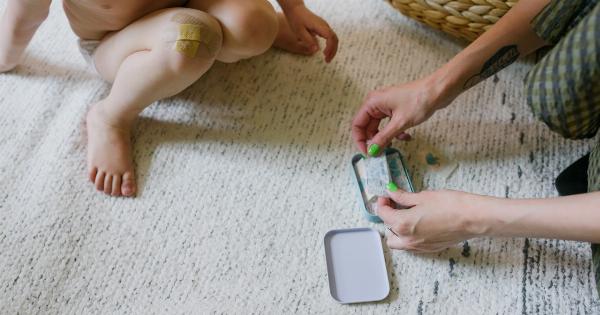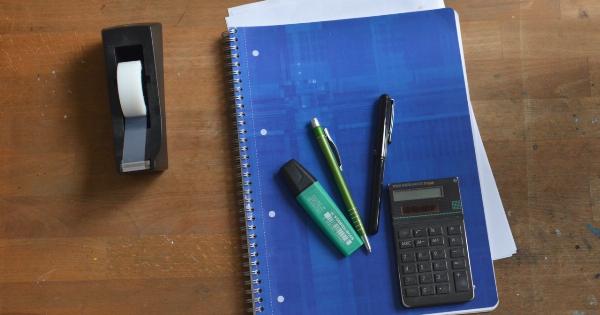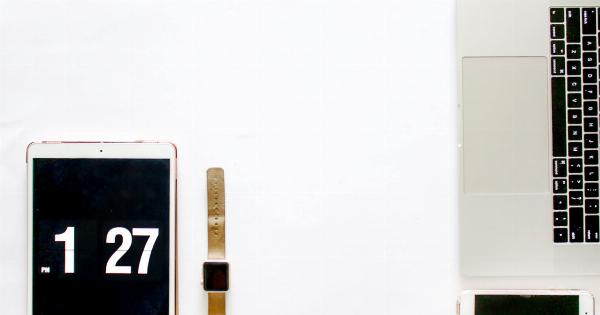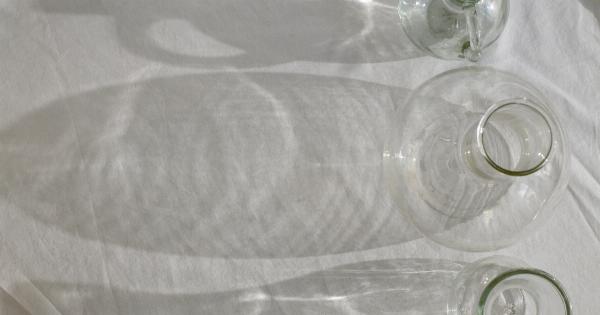Our bodies have an inherent ability to heal wounds and injuries, but did you know that our mental state plays a huge role in this process? Our mind and body are intricately connected, and by understanding this connection, we can improve and hasten the healing process. In this article, we will explore the ways that our mental state influences wound healing and what we can do to harness this connection for our benefit.
What Happens in the Body When We Get a Wound?
When we sustain a wound, whether it is a cut, burn or scrape, our body immediately goes into action to stop the bleeding and prevent infection.
The first step in this process is hemostasis, where our blood vessels constrict to reduce blood flow to the affected area. Platelets then gather at the site of injury to form a clot, which seals the wound and prevents further blood loss.
The next phase is inflammation, where white blood cells migrate to the affected area to fight any invading pathogens and remove damaged tissue.
This is followed by the proliferative phase, where new blood vessels grow to provide oxygen and nutrients to the wound. Finally, in the remodeling phase, scar tissue is formed to close and protect the wound.
The Mind-Body Connection in Wound Healing
While the body follows a well-defined sequence of events to heal a wound, the process can be influenced by our mental state. In fact, studies have shown that mental and emotional stress can significantly slow down the healing process.
When we are stressed, our body releases hormones such as cortisol and adrenaline, which trigger the fight or flight response. This response, while necessary in dangerous situations, can be detrimental to the healing process.
When cortisol levels are elevated, it can lead to decreased immune function and impaired collagen production, both of which are essential for proper wound healing.
Adrenaline can also constrict blood vessels and reduce blood flow to the wound, which can hinder the delivery of necessary oxygen and nutrients to the affected area. Additionally, stress can lead to increased inflammation, which can further delay the healing process and increase the risk of infection.
The Power of a Positive Mindset
While stress can negatively impact wound healing, a positive mindset can have the opposite effect.
Studies have shown that patients who practice techniques such as mindfulness meditation, guided imagery, and positive affirmations exhibit faster wound healing rates than those who do not. These techniques help to calm the mind and reduce stress, which can lead to lower cortisol levels and increased immune function.
Positive emotions such as joy, happiness, and contentment have also been shown to improve wound healing rates. When we experience positive emotions, our body releases endorphins, which can reduce pain and promote relaxation.
This can lead to decreased stress levels and increased blood flow to the wound, which can accelerate the healing process.
The Importance of a Healthy Lifestyle
In addition to our mental state, our lifestyle choices can also greatly impact wound healing. Eating a healthy diet rich in protein, vitamins, and minerals is essential for proper wound healing.
Protein is necessary for collagen production, while vitamins and minerals such as vitamin C, zinc, and iron are required for various stages of the healing process.
Regular exercise can also be beneficial for wound healing. Exercise increases blood flow and oxygen delivery to the body, which can improve the healing process.
However, it is important to avoid strenuous exercise that may reopen or cause further damage to the wound.
Conclusion
Our mental state and lifestyle choices play a significant role in wound healing. By reducing stress levels and maintaining a positive mindset, we can improve our body’s ability to heal wounds and injuries.
Eating a healthy diet and engaging in regular exercise can also support the healing process. By taking a holistic approach to wound healing, we can shorten recovery time, reduce the risk of complications, and improve overall health and well-being.































